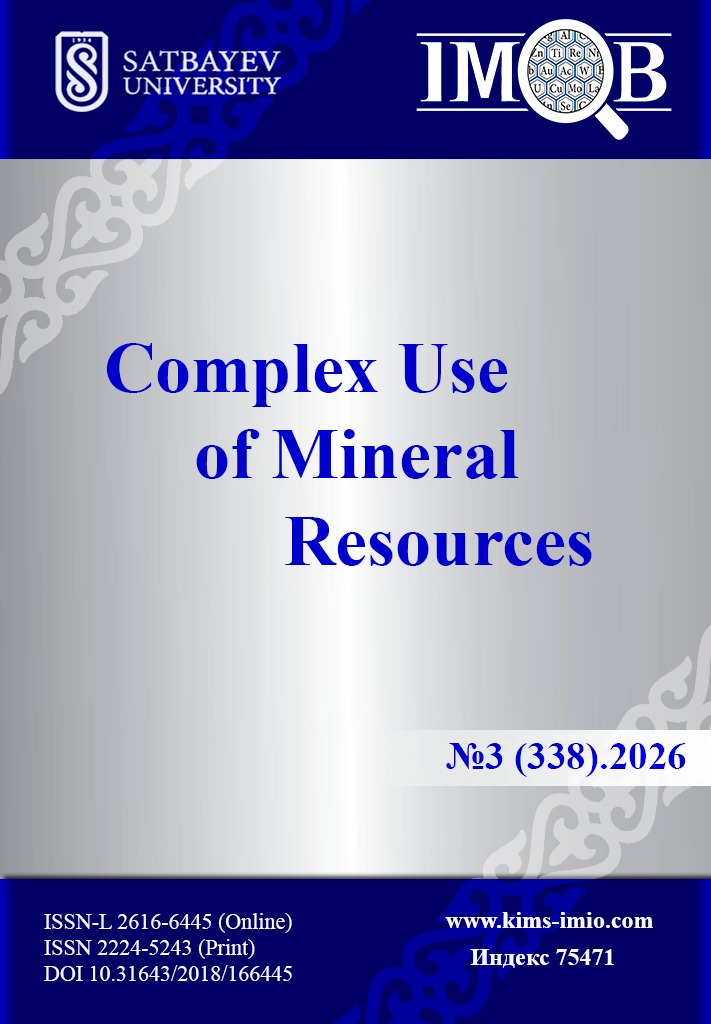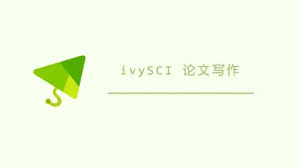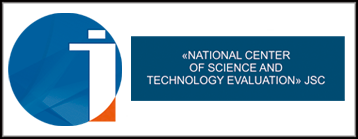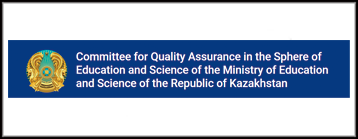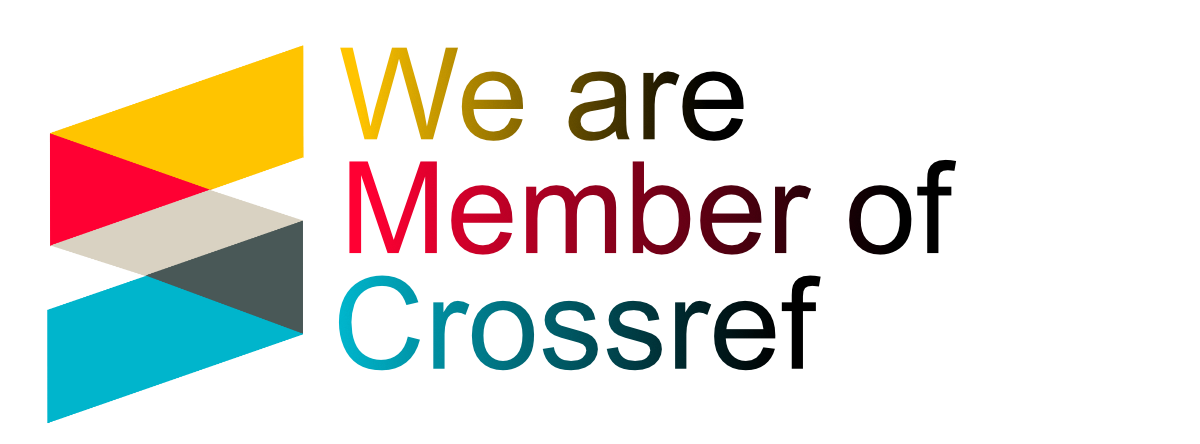Methods for purifying table salt from the Suzak deposit
DOI:
https://doi.org/10.31643/2026/6445.23Keywords:
sodium chloride, table salt, salt purification methods.Abstract
One of the pressing issues today is common salt purification from harmful impurities and production of salt for medical and household purposes. To obtain high-purity sodium chloride salt, it is necessary to develop more effective methods for purifying salt from impurities. The article discusses modern methods for purifying Suzak deposit common salt from harmful impurities. The main goal of the scientific work is to study the methods of purifying sodium chloride from impurities. The common salt raw material composition was studied. The content of impurities of Са2+, Мg2+ and SO42- ions and heavy metals Pb (II), Cu (II), Cd (II), As (V) was determined. The solubility in the systems NаСl-Nа2SO4-Нᡃ2O, NaCl-CaCl2-H2O and NаСl-MgCl2-H2O at a temperature of 100-110°C was studied. The effect of temperature and time on the common salt purification degree using active reagents was studied. It was found that the highest common salt purification degree from Са2+, Мg2+ and SO42- at 30 minutes and 90°C, respectively, is 99.8%, 99.9%, 99.93%. It was found that the use of a three-component mixture of Mg(OН)2:СаCО3:CaSO4 in a ratio of 1:4-5:6-7 for 20 minutes during purification allows purifying the NaCl solution from trace impurities of Pb(II), Cu(II), Cd(II), As(V) by 92.0-97.7% and obtaining 99.4% NaCI. To obtain high-purity salt, effective purification methods of salt from impurities are recommended, allowing to achieve a purification level of up to 99%.
Downloads
References
Bishimbayev VK, Amreev DD, Kapsalyamov BA, Gapparova KM, Sarsenov A. Analız rynka súlfata natrıa ı ıssledovanıe vozmojnostı ego polýchenıa ız súlfatnıkov mestorojdenıa Jaksykylysh [Analysis of the sodium sulfate market and study of the possibility of its production from sulfate rocks of the Zhaksykylysh deposit]. Bulletin of Science of Southern Kazakhstan. 2019; 1(5):58-65. (in Russ).
Desyatov AV, Kruchinina NE, Novikov SV. Glýbokaıa pererabotka mıneralızovannyh shahtnyh vod s polýchenıem krıstalıcheskogo súlfata natrıa [Deep processing of mineralized mine water to produce crystalline sodium sulfate. Advances in chemistry and chemical technology]. 2016; 9:96-99. (in Russ).
Ren Z, Wei X, Li R, Wang W, Wang Y, Zhou Z. Highly selective extraction of lithium ions from salt lake brines with sodium tetraphenylborate as co-extractant, Separation and Purification Technology. 2021; 269:118756. https://doi.org/10.1016/j.seppur.2021.118756
Cipolletta G, Lancioni N, Akyol Ç, Eusebi AL, Fatone F. Brine treatment technologies towards minimum/zero liquid discharge and resource recovery: State of the art and techno-economic assessment, Journal of Environmental Management. 2021; 300:113681. https://doi.org/10.1016/j.jenvman.2021.113681
Zhang X, Ren Y, Ping L, Ma H, Liu C, Wang Y, Kong L, Shen W. Solid-liquid equilibrium for the ternary systems and atmospheric pressure, J. Chem. Eng. 2014; 12:3969-3974. https://doi.org/10.1021/je500854m
Shen Y, Linnow K, Steiger M. Crystallization behavior and damage potential of Na2SO4 –NaCl mixtures in porous building materials. Cryst. Growth Des. 2020; 20(9):5974-5985. http://dx.doi.org/10.1021/acs.cgd.0c00671
Ren Z, Wei X, Li R, Wang W, Wang Y, Zhou Z. Highly selective extraction of lithium ions from salt lake brines with sodium tetraphenylborate as co-extractant. Separation and Purification Technology. 2021; 269:118756. http://dx.doi.org/10.1016/j.seppur.2021.118756
Xingguo Luo, Xingbin Li, Chang Wei, Zhigan Deng, Ye Liu, Minting Li, Sanqiang Zheng, Xing Huang. Recovery of NaCl and Na2SO4 from high salinity brine by purification and evaporation. Desalination. 2022; 530:115631. http://dx.doi.org/10.1016/j.desal.2022.115631
Klammer N, Engtrakul C, Zhao Y, Vidal J, Wu Y. Method to Determine MgO and MgOHCl in Chloride Molten Salts. Analytical Chemistry. 2020; 92(5):3598-3604. https://doi.org/10.1021/acs.analchem.9b04301
Xu Zhao, Qi Zhang, Haihong Wu, Xiaocui Hao, Liang Wang, Xiping Huang. Extraction of Lithium from Salt Lake Brine. Progress in Chemistry. 2017; 29(7):796-808. (In Chinese). https://doi.org/10.7536/PC170313
Dahmardeh H, Akhlaghi Amiri HA, Nowee SM. Evaluation of mechanical vapor recompression crystallization process for treatment of high salinity wastewater. Chemical Engineering and Processing - Process Intensification. 2019; 145:107682. http://dx.doi.org/10.1016/j.cep.2019.107682
Myerson A, Erdemir D. & Lee A. (Eds.). Handbook of Industrial Crystallization (3rd ed.). Cambridge: Cambridge University Press. 2019. http://dx.doi.org/10.1017/9781139026949
Rismana E, Arbianto AD, Kusumaningrum S. Development of Efficient and Scalable Production Process of Analytical Grade Sodium Chloride at Laboratory Scale. International Journal of Technology. 2024; 15(3):743-752. https://doi.org/10.14716/ijtech.v15i3.5606
Kadirbayeva AA, Urazkeldiyeva DA, Tanirbergenov R, Shaimerdenova G. Purification of technical sodium chloride from the tasty tuz deposit of the Republic of Kazakhstan. Series chemistry and technology. 2022; 4(453):80-87. http://dx.doi.org/10.32014/2518-1491.136
Li Zhu, YuLong Ma, ShaoYing Ge, YuYu Wang. Solid-liquid phase equilibria of the quaternary system. The Journal of Chemical Thermodynamics. 2022; 165:106658. https://doi.org/10.1016/j.jct.2021.106658
GOST Р 51574-2000. Common salt. Test methods. Publishing House of Standards, Moscow. (in Russ).
Dahmardeh H, Akhlaghi Amiri HA, Nowee SM. Evaluation of mechanical vapor recompression crystallization process for treatment of high salinity wastewater. Chemical Engineering and Processing - Process Intensification. 2019; 145:107682. http://dx.doi.org/10.1016/j.cep.2019.107682
Goetzfried F, Kondorosy E. Technologies for the production of pharmaceutical grade sodium chloride. 2018 World Salt Symposium. June 19-21, 2018; Park City, Utah, USA.
Geertman RM. Sodium chloride: Crystallization. Encyclopedia of Separation Science. 2000; 61:4127-4134. https://doi.org/10.1016/B0-12-226770-2/06061-0
Badrut Tamam Ibnu Ali, Hamzah, Mochammad Ismail, Imam Wahyudi, Ali Nurdin, Fausiah, Budiyono, Hens Saputra. Refining NaCl: Elevating salt's quality from coarse to industrial and pharmacy grade through innovative hydroextraction techniques. Case Studies in Chemical and Environmental Engineering. 2024; 9:100752. https://doi.org/10.1016/j.cscee.2024.100752
Hussein IM, Metwally Salman AS, Ashraf MS. A Review on Extraction Processes of Salts from Different Salt Lakes and their Environmental Impact in Industry. Letters in Applied NanoBioScience. 2022; 11(4):4016-4039. https://doi.org/10.33263/LIANBS114.40164039
Zhao Y, Klammer N, Vidal J. Purification strategy and effect of impurities on corrosivity of dehydrated carnallite for thermal solar applications. Royal Society of Chemistry. 2019; 9:41664-41671. https://doi.org/10.1039/C9RA09352D
Downloads
Published
How to Cite
Issue
Section
License
Copyright (c) 2025 A.A. Anarbayev, B.N. Kabylbekova, B.M. Smailov, G.M. Ormanova

This work is licensed under a Creative Commons Attribution 4.0 International License.

